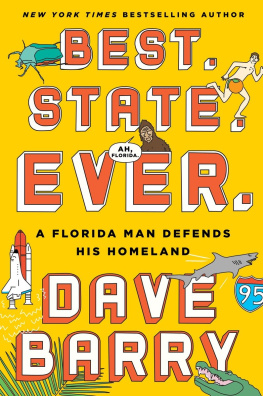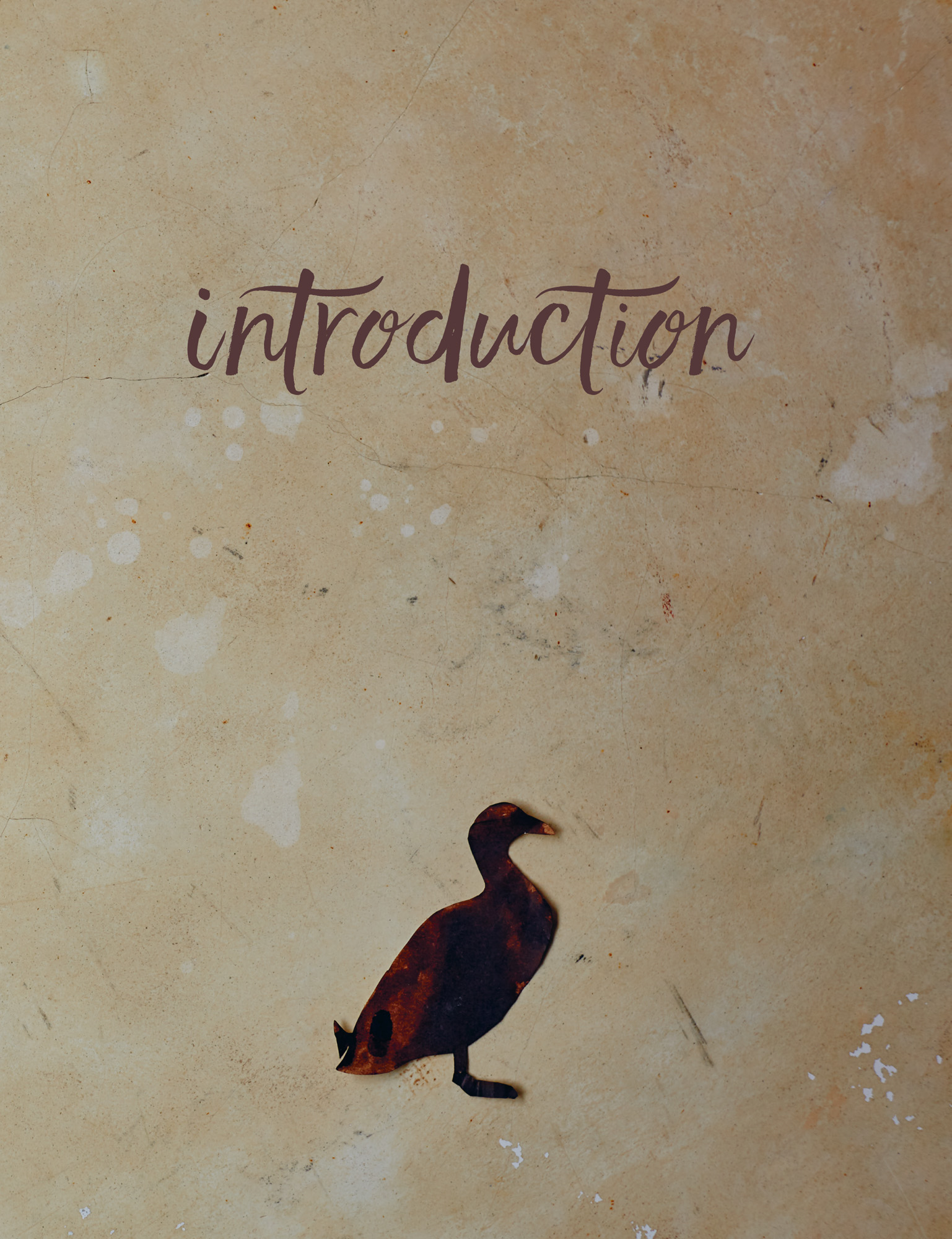about the book
Packed full of delicious, satisfying recipes and loads of meat wisdom, Carneval will give you a better understanding of how to source, cook and appreciate the meat that you eat. Here, you will find some of the very best meat recipes from all around the world. Popular favourites such as Swedish Meatballs , Ragu Bolognese and Pulled Pork rub shoulders with more unusual dishes such as Middle Eastern Kibbeh and Pigeon and Pistachio Pastilla .
Whether you are mastering the art of the perfect steak, or transforming cheaper, tougher cuts into silken, melt-in-the-mouth delights, Harry encourages you to honour the whole animal and eat meat responsibly. And the best way to do that is to make sure that every time you eat meat its a Carneval !
contents
list of recipes
M ake me joyful, make me strong
E ating without thinking is just plain wrong
A ll animals are creatures too
T hank you, thank you, thank you, thank you
H. E.
I was a vegetarian for four years. I didnt like the idea of eating animals.
Then I got seduced by the smell of frying bacon and yearned to eat sausages. Thats when I decided that if I was going to eat meat again, I wanted to learn as much as possible about the subject first. I delved headlong into butchery. That was 14 years ago and since then I have done a nocturnal spell at Smithfield Market, working and learning from wholesale butchers there, dressed in white overalls, a hard helmet, a chain-mail apron and gloves. I went to the Australian Outback to work on a cattle farm. I have butchered (and killed) venison in Scotland and lamb in France. And I dreamed of writing this book the whole time I was learning, researching and living out my passion for meat alongside my real job, working as a food stylist.
Carneval is a collection of (mostly) meat recipes that celebrate the glory and joy of eating great meat. I have tested and researched every recipe meticulously over the course of the last decade, travelling to Europe, Asia and all over the US in the process. My recipe for Bolognese is from Bologna, Kung Pao Chicken is from China, Baby Back Ribs from Memphis. You wont find any shortcuts here: a proper Bolognese is a 4-hour affair and to make your ribs truly sticky and fall-off-the-bone they need to be marinated overnight and then slow smoked. Being a busy city dweller, though, I have included recipes that are also quick by their nature and easy to make. My aim here has always been to honour the meat first and bring out the best in that cut. The reason that this matters to me so much is because an animals life went into making that dish and I take that thought seriously. It is with respect and a great deal of gratitude that I cook and enjoy meat. I tend to eat a wide variety of cuts, which is why you will find recipes for brain fritters, beef cheeks and shin, as well as the more common shoulder and leg joints. This is a great book to cook from if you are feeling a bit unsure about obscure cuts of meat because I explain why those require slow cooking as opposed to a quick sizzle. The recipe introductions are also full of helpful tips. On top of these, you will find M EAT G EEK pages peppered throughout the book. Each one is an investigation into a particular area of the meat world subject matters range from bacon to veal, hanging and resting, to brining and marinating. The M EAT G EEK pages are there to answer questions you may have such as: Is buying organic always better? What is that white shite in my bacon pan? Is it ever ethically acceptable to eat foie gras? How do I cook the perfect steak? Why should I bother to rest my meat? How can I turn my backyard barbie into a smoker? These are all questions that I have been asking myself over the last decade and a half and wished that someone had explained to me in words that I could understand. In addition to the M EAT G EEK pages, I have included a Turkey Day Countdown which you can photocopy and put up on your fridge to help you weather the holidays and nail Christmas dinner. Its the only way I know of to cook everything right and wind up at the appointed hour with a cocktail in my hand and a kitchen full of food that is piping hot and ready to go!
For the M EAT G EEK pages, I have relied on the patience and trust of experts such as Peter Hannan, butcher and general meat wizard, to fact check my writing. The meat that he produces and sells is some of the very best quality available in Britain today. You can find him at www.themeatmerchant.com . His dry-aged beef is absolutely out of this world.
Speaking of Pete, heres a quick thought on butchers: spend some time finding a good one, someone you can trust. He or she will be a really important person in your quest for great meat. And good butchers are longing to show us what amazing stuff they have sourced, aged and cut. If theyre not, then find a butcher who is. I promise you that he or she is out there, not far from home or online (and theres a list of these fine folks at the end of the book). A butcher you can trust is the first step on your journey towards enjoying and respecting the meat you eat.
what is good meat? how was it raised? why does it matter?
What should I be asking for at the butchers? What labels should I be zoning in on and which ones should I avoid?
There is a plethora of different (and at times, frankly meaningless) terms used to describe meat from organic and free-range to select farm, amongst others. The meat industry specialises in confusing and even misleading language. In the States they are particularly culpable, describing meat that has been injected with a cocktail of salt, sugar, flavourings and chemicals as enhanced or their worst-quality beef as select. But we do it in the UK, too. According to the literature, the British Select Farm ranges refer to the following conditions: the chickens enjoy 30kg/m of space, live in barns in numbers that dont exceed 30,000 animals, enjoy up to 6 hours of darkness, 40 days of life, and access to daylight. This doesnt sound very select to me. I just want to highlight the confusing nature of the wording. Select farm, in ordinary English, suggests a high-end product, a cosy set-up. Clearly this isnt the case. Similarly, free-range and organic come with built-in expectations, a mental image that isnt necessarily accurate. So what should you be looking for, what language can you trust when you want to find an animal that has led a happy life and will provide good-quality meat?
when the packaging says nothing
Avoid it. The welfare of the animal and the quality of the feed are in question. If there is no mention of what the animal has been fed or of the conditions in which the creature was raised, it is very likely that the meat comes from the worst farming conditions. To this end, if it says nothing on the sandwich packet, on the takeaway menu, on the fancy burger joint menu, or on the ready meal you can be sure that it comes from the lowest meat category out there. That silence is ominous. Put it back on the shelf.
free-range
This is the next step up and implies that the animals have had access to the outdoors. It does not, however, say anything about the feed or the time the animals were given to grow naturally to slaughter weight. Whats more, free-range can be overstating the freedom aspect, since a label can stipulate free-range when the animals have had restricted access to the outdoors. Throughout the book I have stipulated free-range chicken because something better isnt always available. I would always recommend you buy the best-quality chicken you can afford.
















